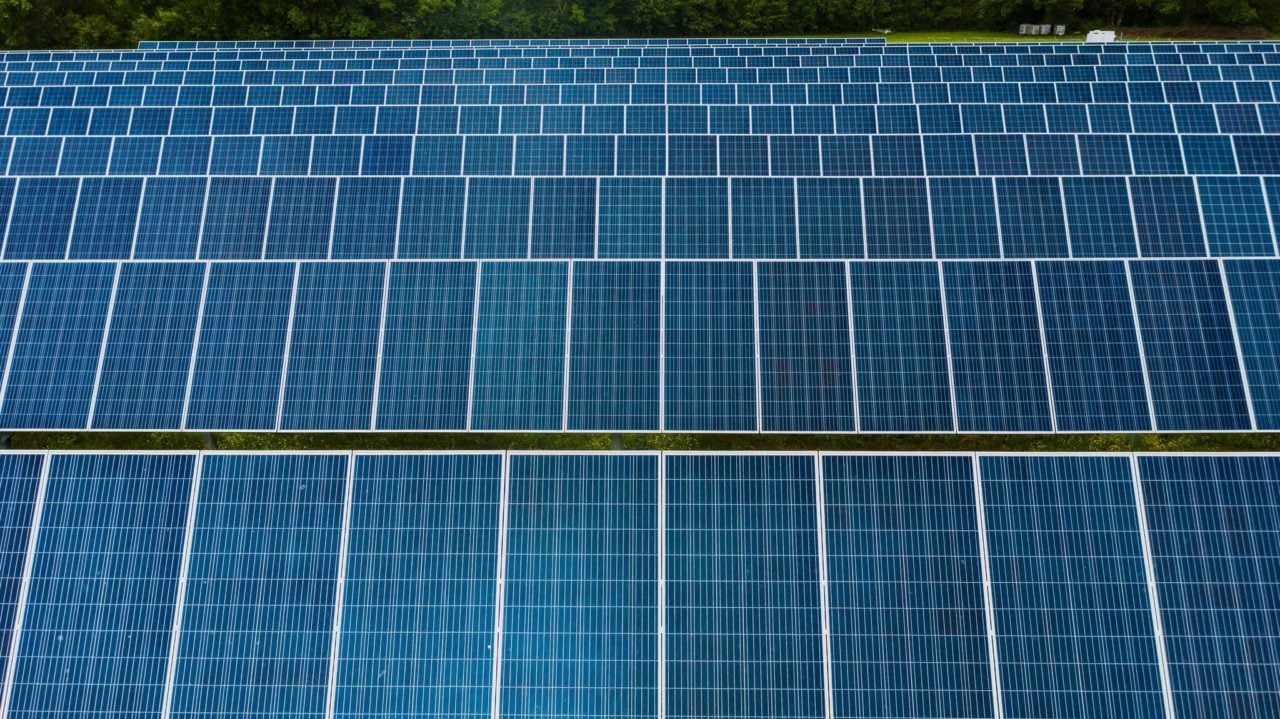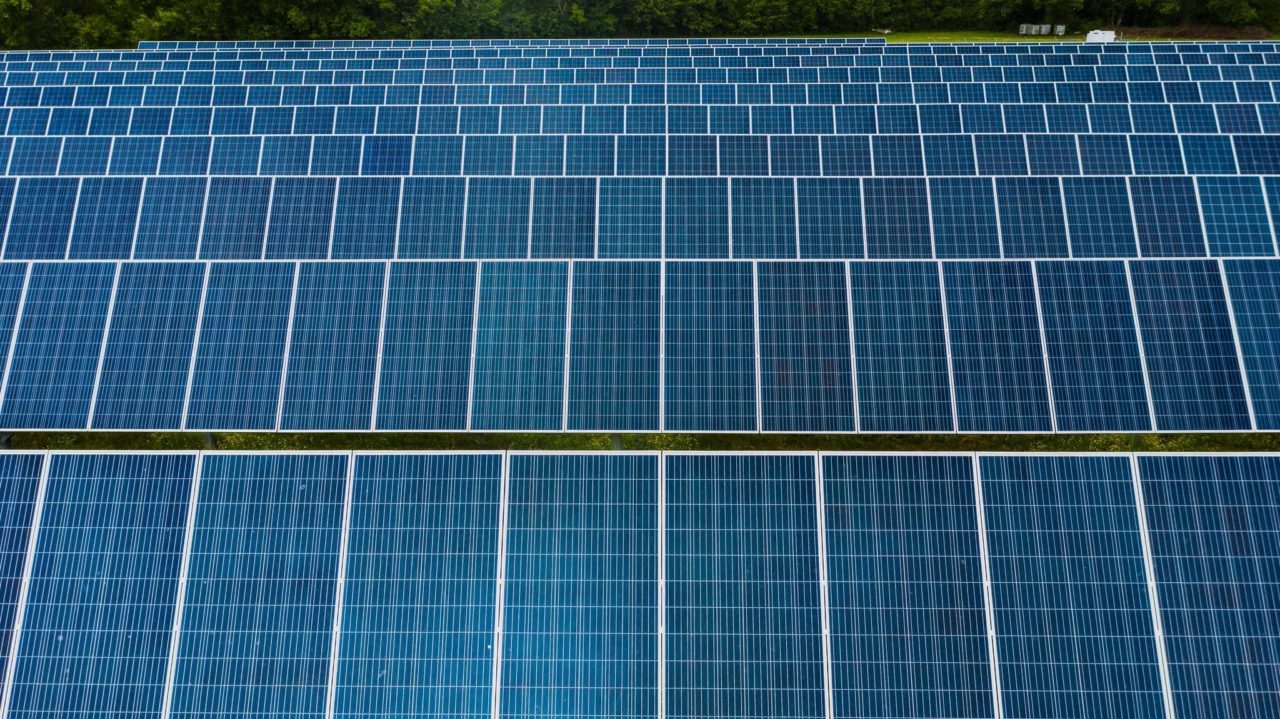
By state, the highest quarterly average price was AU$137/MWh (US$91) in New South Wales; the lowest was AU$64/MWh (US$42) in Tasmania.
“Increased market share of lower marginal-cost renewables helped push down the wholesale electricity cost from Q2 2022, despite this quarter having the highest Q2 underlying demand recorded since 2016,” said Violette Mouchaileh, executive general manager reform delivery at AEMO.
“Rooftop solar generation increased 30% from Q2 2022, which reduced electricity demand from the grid. Coupled with higher renewable output, wholesale prices were zero or negative 9% of the quarter throughout the NEM, a new Q2 record,” she said.
According to Australia’s Clean Energy Council, rooftop solar generation surpassed all other power generation sources last over the 2022/23 summer – 8,046GWh, 14% of the country’s overall energy consumption. March saw the national rooftop capacity surpass 20GW, according to industry consultancy SunWiz.
More broadly, the government announced its latest federal budget in May, committing AU$4 billion (US$2.6 billion) in new investment to renewables.
“In addition to increased wind and grid-scale solar output, lower thermal-coal costs and a net increase in black-coal generation availability in NSW – despite the retirement of the Liddell Power Station – helped reduce year-on-year wholesale prices,” said Mouchaileh.
AEMO said in March that, despite impressive investment into renewables in the latter portion of 2022, the plans for retiring coal plants will cause every mainland state to fall below the requisite supply reliability standard unless ‘timely and determined’ efforts were made to increase the penetration of alternative power sources. The standard requires that 99.998% of forecast consumer demand is met.
In May’s budget, AU$2 billion (US$1.3 billion) was designated for developing a green hydrogen economy, which could provide bulk renewable power for the country. Earlier this month a deal was signed for a 900MW solar PV project to power a green hydrogen and ammonia plant to be owned by the newly-founded Aboriginal Clean Energy (ACE) Partnership.





